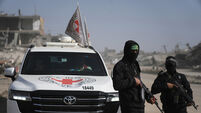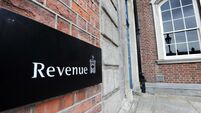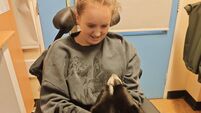EasyJet reveals technology to minimise ash disruption

New technology that could minimise future disruption to planes from volcanic ash was unveiled today by budget airline easyJet.
The carrier will be the first airline to trial a new “weather radar for ash” system called AVOID (Airborne Volcanic Object Identifier and Detector).














